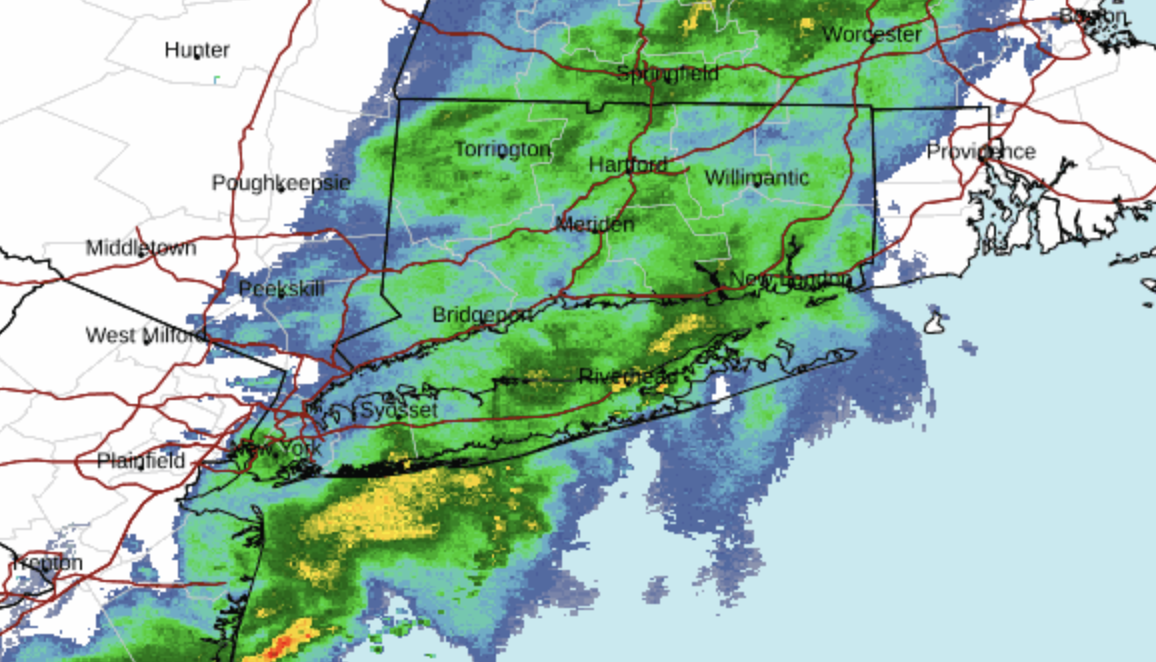 There's an old saying: "There's lies, damn lies and then there's statistics". But it's not the data that lie, if properly collected, it's how you interpret the data that matters.
There's an old saying: "There's lies, damn lies and then there's statistics". But it's not the data that lie, if properly collected, it's how you interpret the data that matters.
Overall, the report issued by the city on cycling deaths and injuries is a pretty good piece of research and epidemiology. But make no mistakes about it, there are a lot of places that people might make wrong conclusions without better understanding some basic principles of statistics and data interpretation. It's important to make sure data is interpreted correctly or you face prescribing the wrong remedies.
Let's start with the helmet issue since this report has restarted the debate over mandating helmets for all cyclists. The report states that 97% of New York City cyclists who died between 1996 and 2005 were not wearing a helmet (page 16). This is a classic example of a high association between two facts, but the data stop short of determining causation between death and lack of a helmet.
Consider these highly assocated sets of facts:
- 100% of pedestrian fatalities from automobiles were not wearing a helmet.
- 100% of motorists survived their crashes with cyclists and pedestrians
- 100% of airline crash passenger fatalities were wearing a seatbelt.
The first example shows that in a similar situation, a person getting hit by a car, the lack of a helmet was highly associated with death, but it doesn't prove that a helmet would have prevented death. The second example shows that being wrapped in a steel cage is highly associated with surviving a collision with another human being that is not. The last example shows that some safety measures clearly do not prevent death. Whereas seatbelts have proven to prevent deaths in car crashes, they are completely useless in an airplane disaster.
So, do helmets prevent bicycle fatalities? We don't know.
The data is insufficient to make a conclusion. Based on the data presented in the report (and the laws of physics) one could just as easily hypothesize that the key factor in bike fatalities is the mass and velocity of automobile, rather than the presence of a fairly lightweight piece of safety equipment attached to the cyclist's head. While this study does not provide data on the speed of the automobile, it does give us a clue about the mass of the vehicle: Trucks represented 32% of cyclist deaths while they only represent 17% of vehicles on the road. (Page 17).
The best way, in my opinion, to determine causation between helmets and cyclist deaths would be to compare the results of crashes between automobiles of similar size and similar speed and see if there is a statistically significant difference in severity of injury or death rate. Frankly, I think helmets help, but are probably not the most important deciding factor between life and death.
Links:
Photo by Hannoflickr





